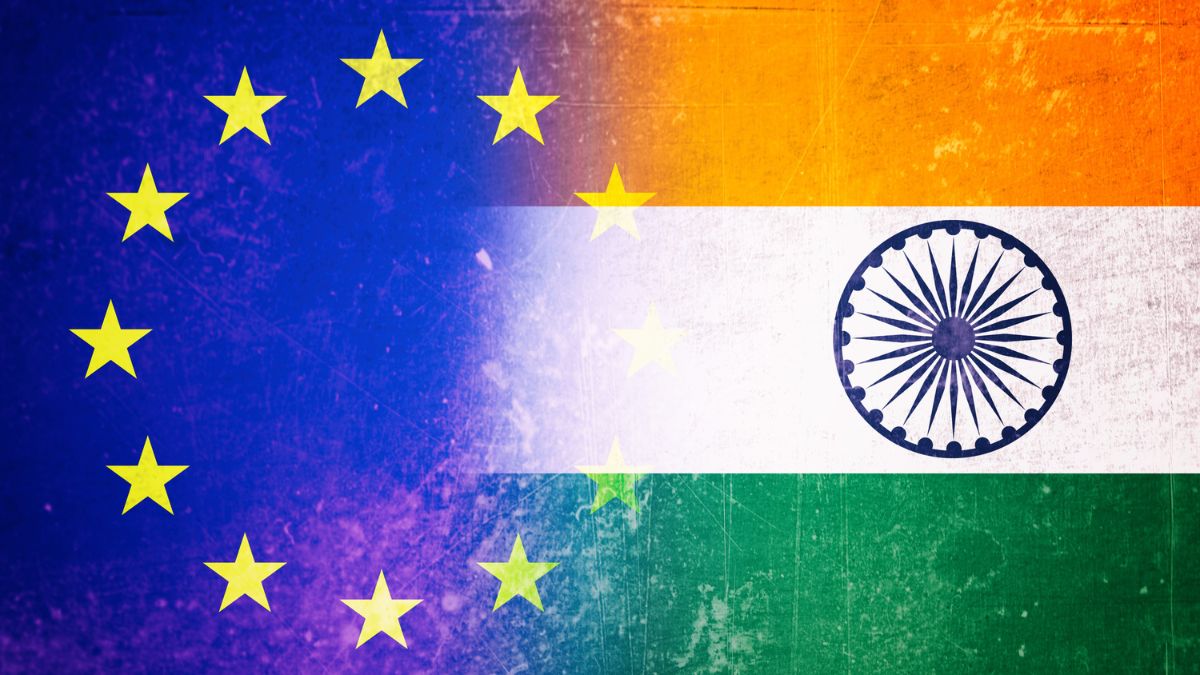India and the European Union (EU) on Friday wrapped up their latest round of meetings to narrow the differences in the negotiations on the Free Trade Agreement (FTA) and complete it by the end of this year.
“The deliberations covered a wide range of chapters including goods, services, investment, trade and sustainable development, rules of origin, and technical barriers to trade,” a statement by the ministry of commerce and industry said. The two sides narrowed down the divergences and common understanding was arrived at on many issues.
The talks between negotiators from both sides started on November 3 and ended on November 7. As the negotiators engaged, on November 5-6 the Director General (Trade) of European Commission (EC) Sabine Weyand was in New Delhi to meet Commerce Secretary Rajesh Agrawal.
At the meeting with DG Trade and commerce secretary key outstanding issues in the negotiations were reviewed for positive resolution and it was agreed to further accelerate the efforts towards a balanced trade agreement.
The commerce secretary reaffirmed India’s commitment to achieving an outcome that advances economic growth and development while ensuring a fair and balanced distribution of benefits.
He also emphasised the need for clarity and predictability in the implementation of emerging EU regulatory measures, including the carbon Border Adjustment Mechanism (CBAM) and proposed new steel regulation.
The importance of continued technical-level engagement in coming weeks was underscored to bridge the gaps and to work towards the shared objective of concluding the talks at the earliest.
After the conclusion of the 14th round of negotiations on the FTA, it was decided by both sides to change the format of talks. Instead of negotiators meeting every few weeks, it was decided to maintain continuous engagement at the chief negotiator’s level and continue intensive negotiations at the political level.
Prior to the meeting in New Delhi, both sides had held meetings in Brussels in the last week of October. While meetings were on among officials, commerce and industry minister Piyush Goyal visited Brussels from October 26 to October 28 and held intensive discussions on the FTA with European Commissioner for Trade Maros Sefcovic
Both sides have so far finalised 10 of the 20 chapters or policy areas of the proposed agreement. Another 4-5 chapters have been in-principle broadly decided. On more and more issues we are leaning towards convergence..
As negotiators meet in person and other subject-specific groups continue to engage, the Trade Commissioner of EU will visit India some time in end-November or early December.
Along with the FTA, agreements on Geographical Indications and Investment Protection are also being discussed between the two sides.
Besides demanding significant duty cuts in automobiles and medical devices, the EU wants tax reduction in other products like wine, spirits, meat, poultry, and a strong intellectual property regime.
India’s demands in the negotiations is duty free access to its labor intensive imports and emerging sectors like auto, electronics.
The FTA is crucial as the 27-member bloc is the biggest trading partner of India with bilateral merchandise trade at $ 136.2 billion, though the US remains the biggest market. Exports from India stood at $ 75.8 billion while imports were $ 60.6 billion in 2024-25. Both sides also have a very robust services trade too which stood at $ 70 billion in 2023. India has a surplus of $ 9.25 billion.

